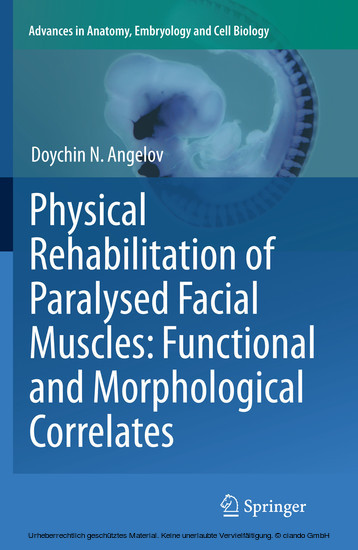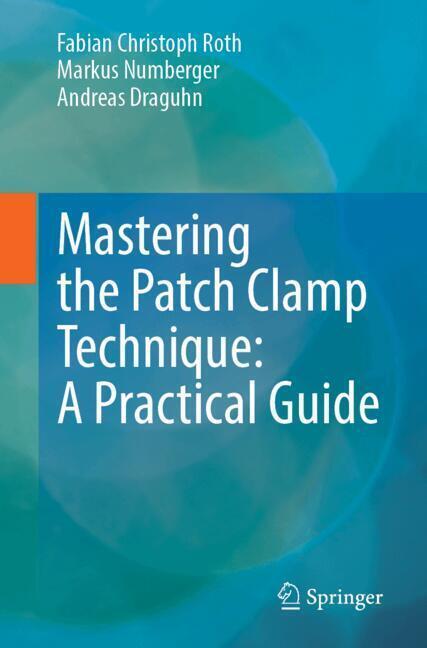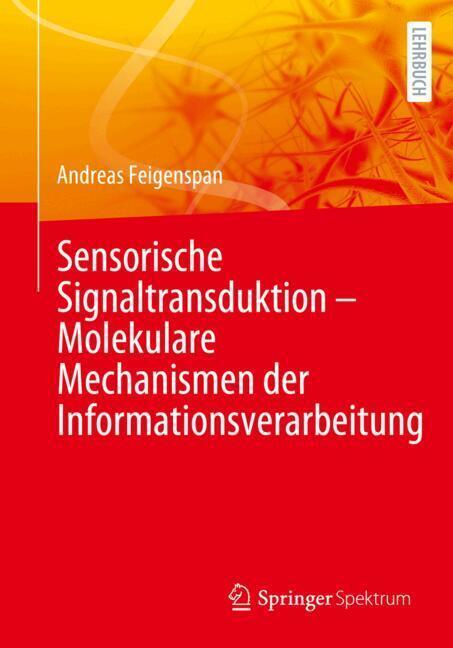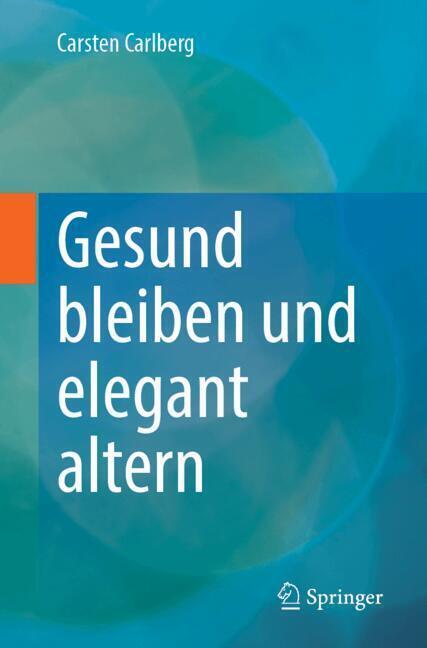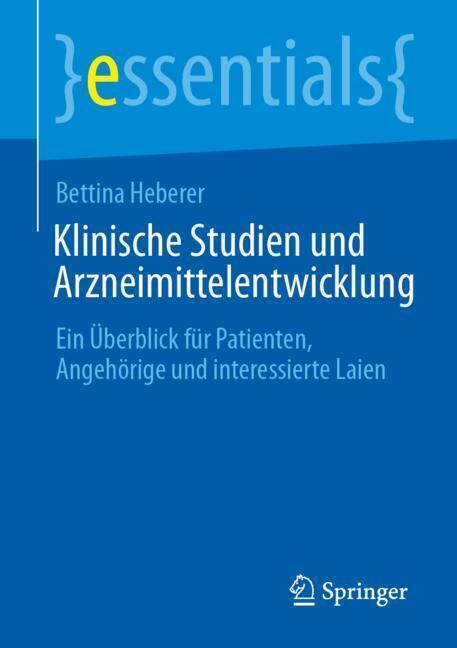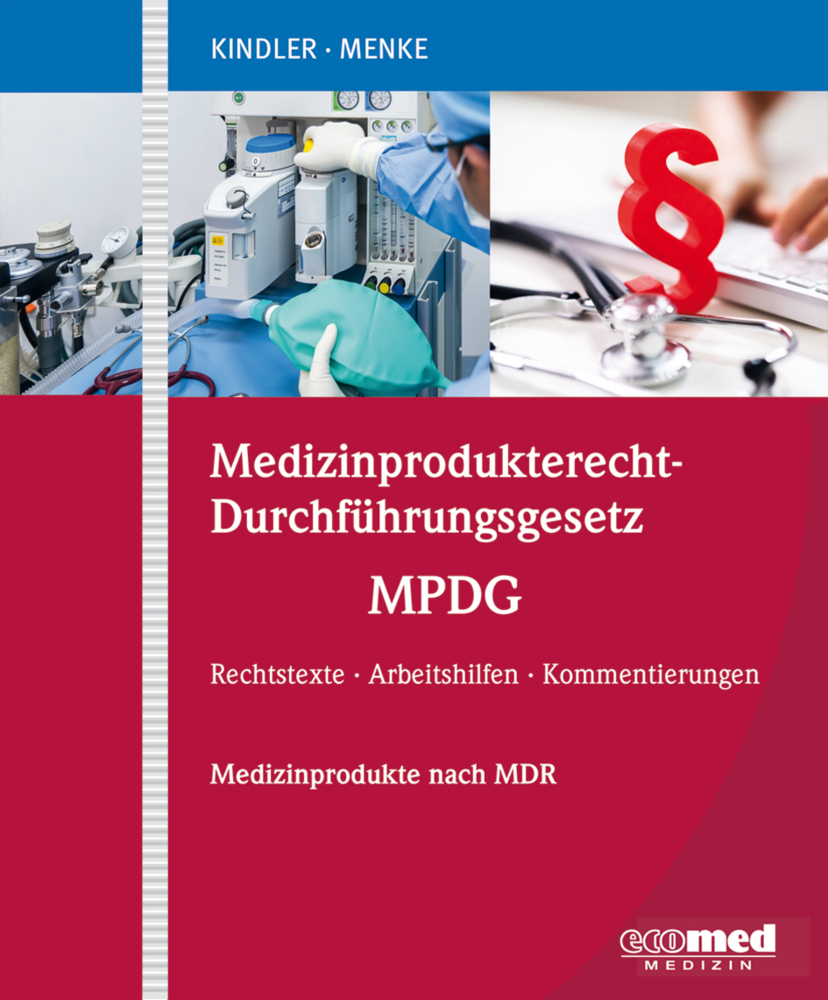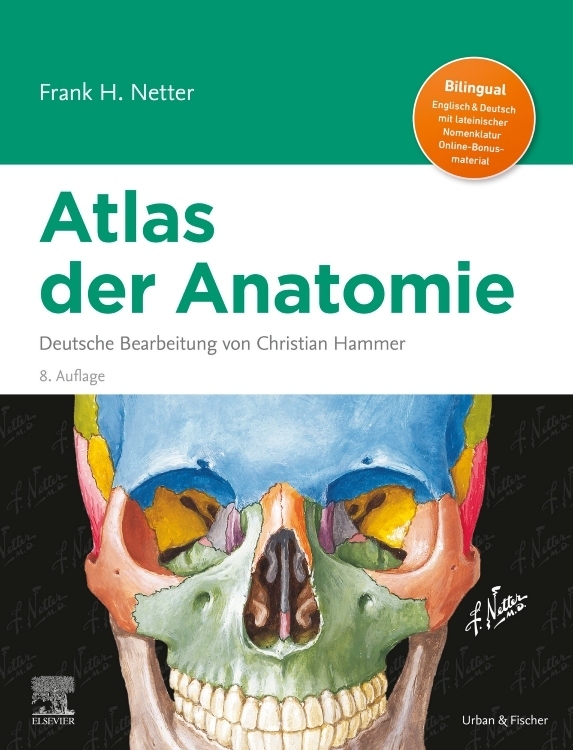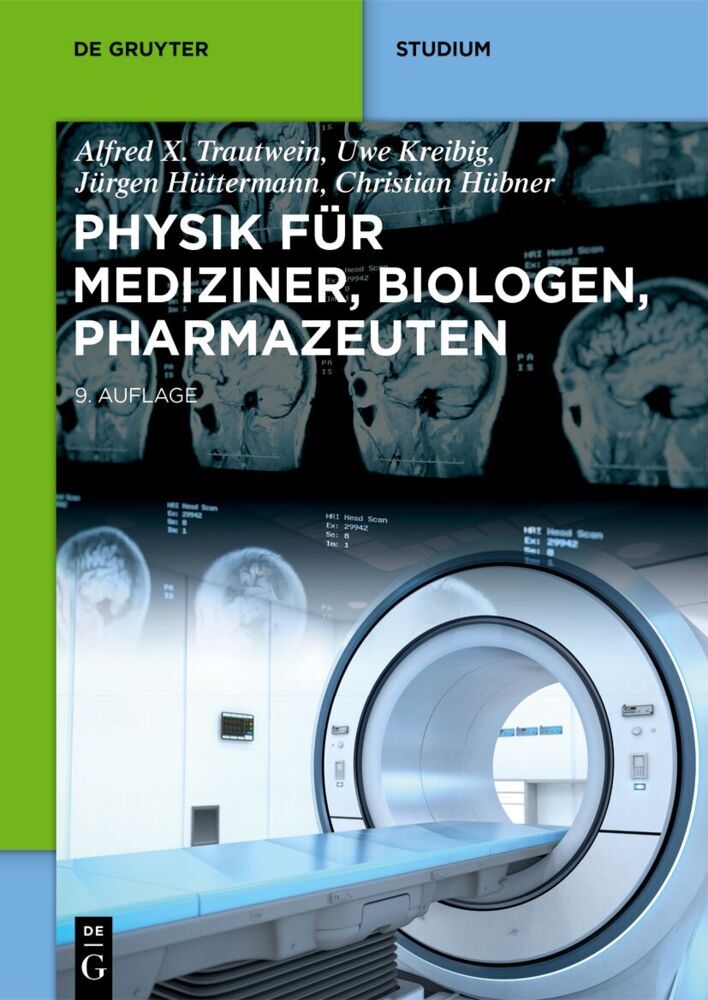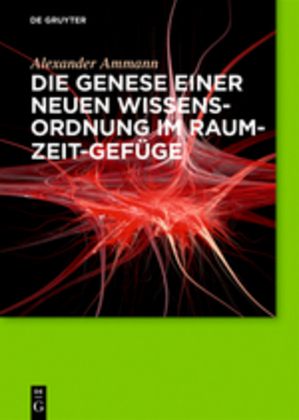Physical Rehabilitation of Paralysed Facial Muscles: Functional and Morphological Correlates
Using a combined morpho-functional approach the author recently found that polyinnervation of the neuro-muscular juction (NMJ) is the critical factor for recovery of function after transection and suture of the facial nerve. Since polyinnervation is activity-dependent and can be manipulated, he tried to design a clinically feasible therapy by electrical stimulation or by soft tissue massage. First, electrical stimulation was applied to the transected facial nerve or to paralysed facial muscles. Both procedures did not improve vibrissal motor performance (video-based motion analysis of whisking), failed to diminish polyinnervation and even reduced the number of innervated NMJ to one fifth of normal values. In contrast, gentle stroking of the paralysed vibrissal muscles by hand resulted in full recovery of whisking. Manual stimulation was also effective after hypoglossal-facial anastomosis and after interpositional nerve grafting. The author concludes that manual stimulation is a non-invasive procedure with immediate potential for clinical rehabilitation following facial nerve reconstruction.
Efforts to reduce collateral axonal branching at the lesion site
Efforts to reduce intramuscular axonal sprouting in denervated muscles
Discussion
Significance axonal branching at the lesion site
Unsucessful ways to reduce intramuscular axonal sprouting in denerved muscles
Sucessful ways to reduce intramuscular axonal sprouting in paralysed muscles
Unsucessful manual stimulation of paralysed forearm muscles after MMA
Conclusions
Subject index
Factors limiting motor recovery after peripheral nerve injury
Attempts to improve axonal pathfinding and quality of target reinnervationEfforts to reduce collateral axonal branching at the lesion site
Efforts to reduce intramuscular axonal sprouting in denervated muscles
Discussion
Significance axonal branching at the lesion site
Unsucessful ways to reduce intramuscular axonal sprouting in denerved muscles
Sucessful ways to reduce intramuscular axonal sprouting in paralysed muscles
Unsucessful manual stimulation of paralysed forearm muscles after MMA
Conclusions
Subject index
Angelov, Doychin N.
| ISBN | 9783642181207 |
|---|---|
| Artikelnummer | 9783642181207 |
| Medientyp | E-Book - PDF |
| Auflage | 2. Aufl. |
| Copyrightjahr | 2011 |
| Verlag | Springer-Verlag |
| Umfang | 144 Seiten |
| Sprache | Englisch |
| Kopierschutz | Digitales Wasserzeichen |

